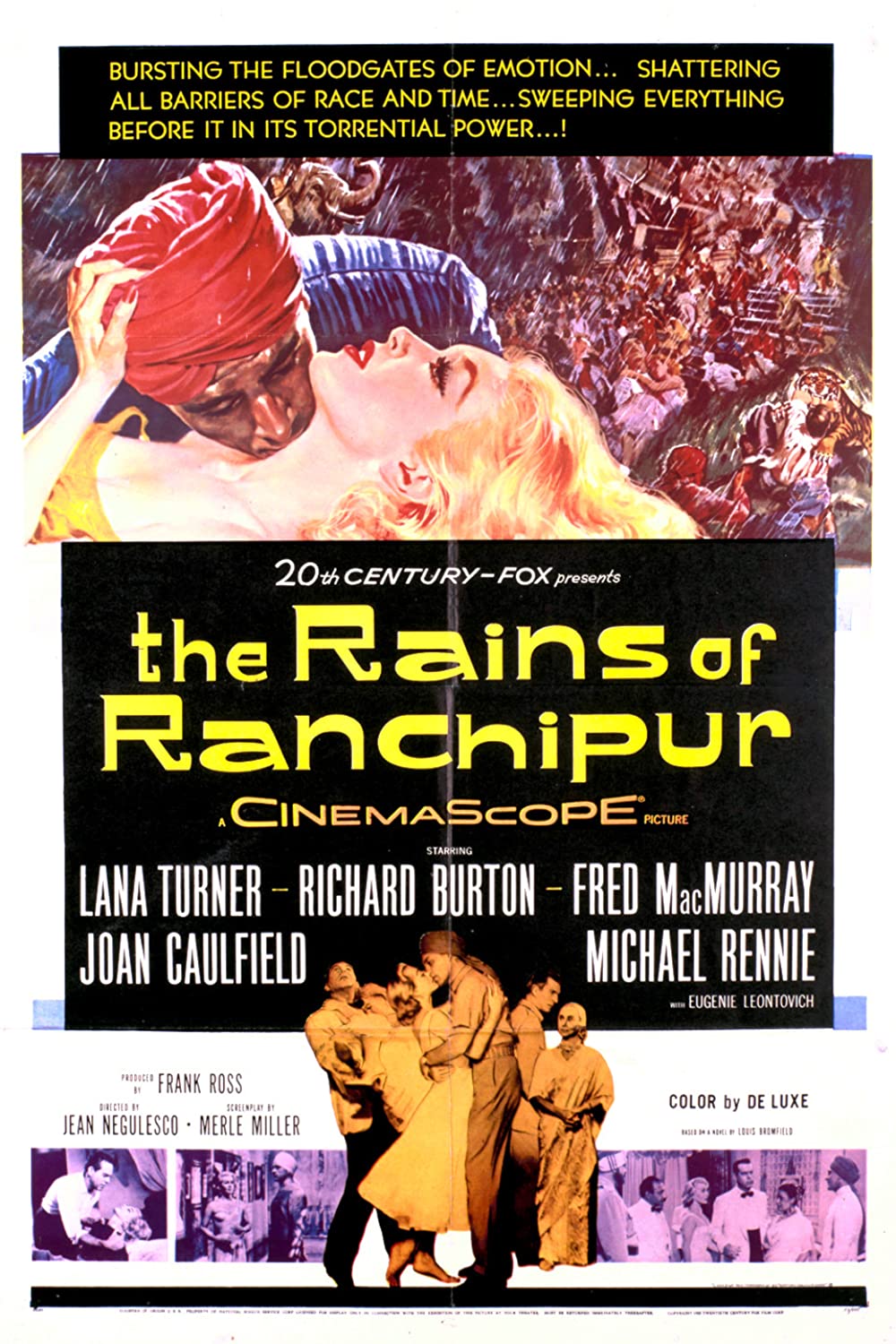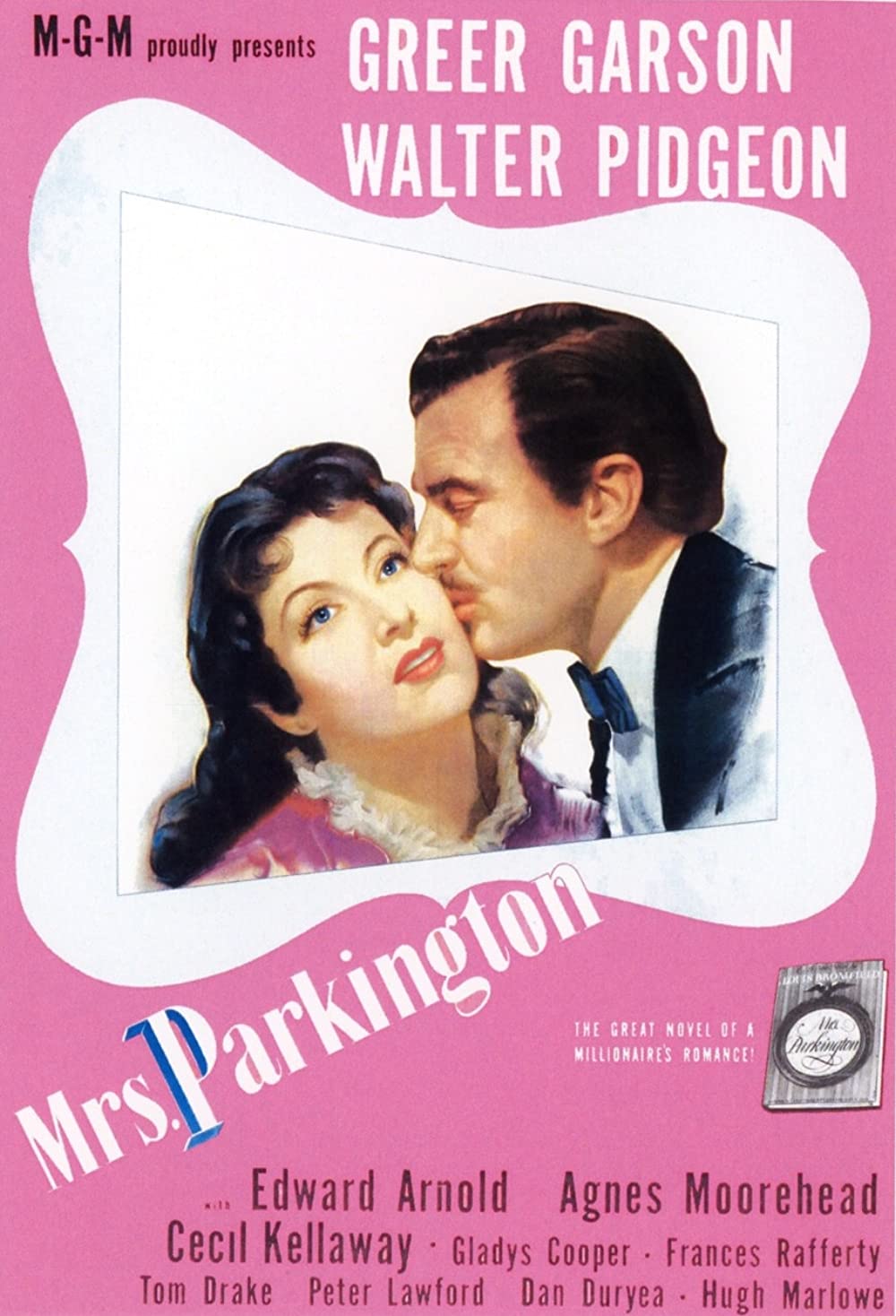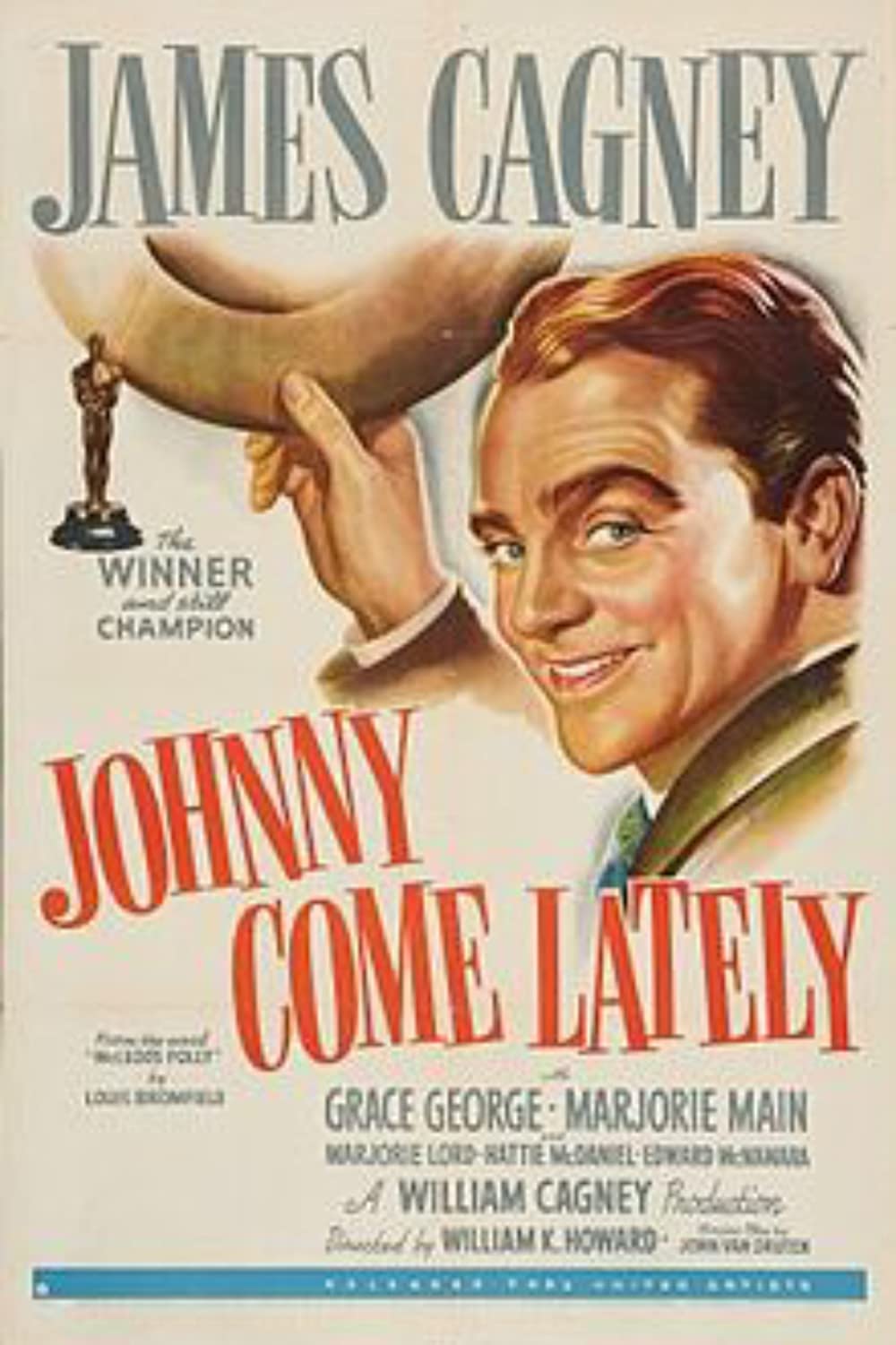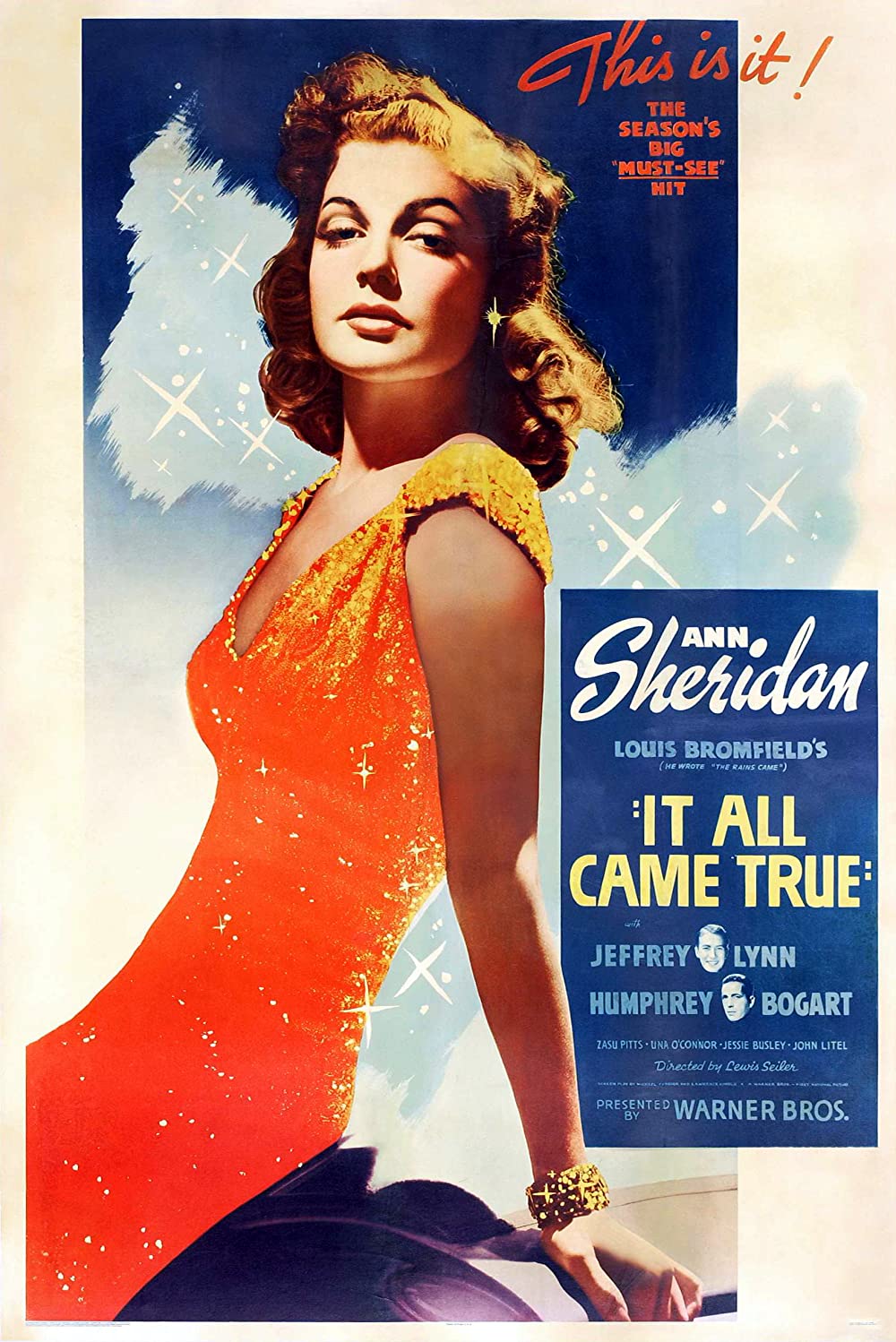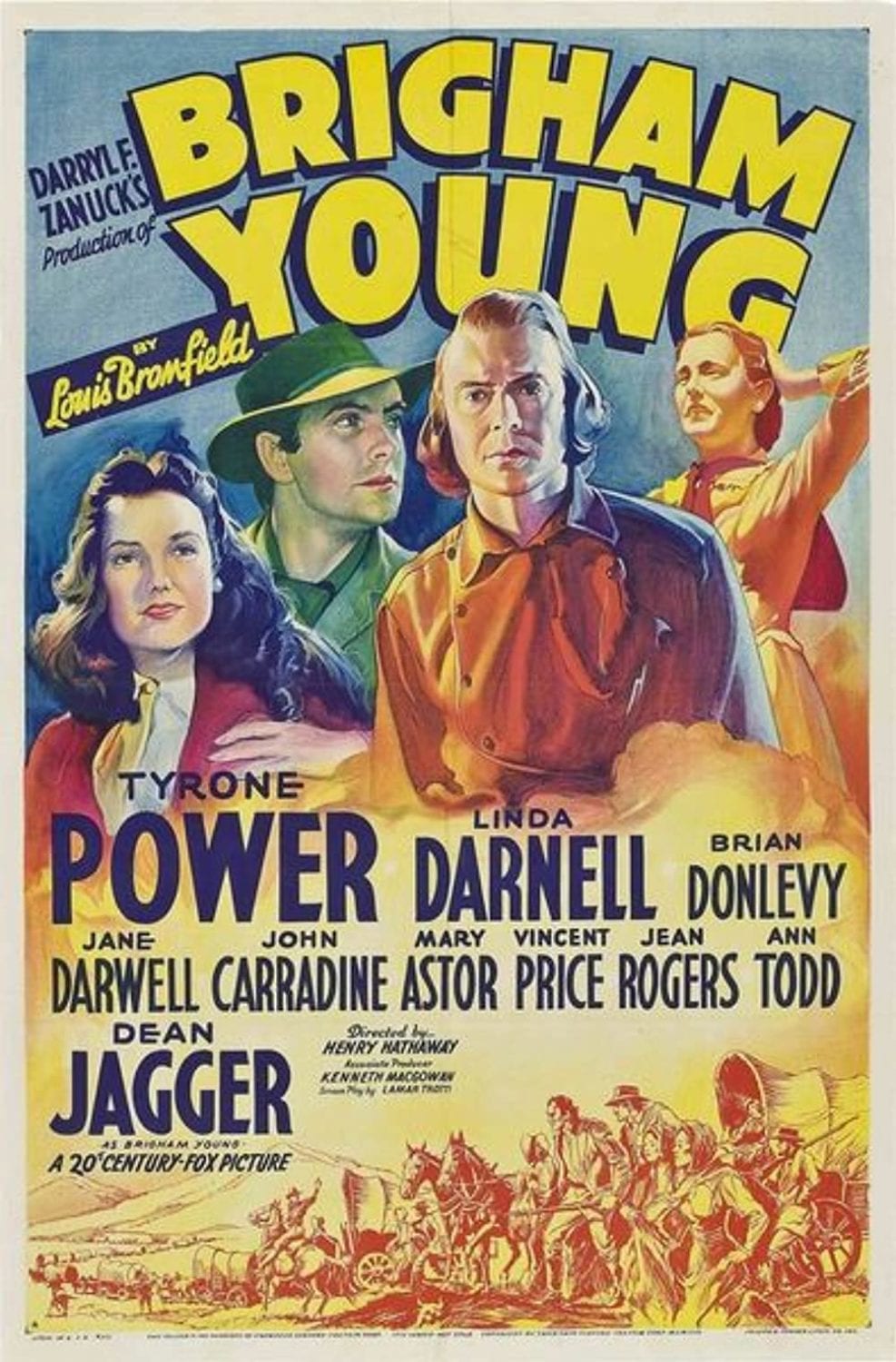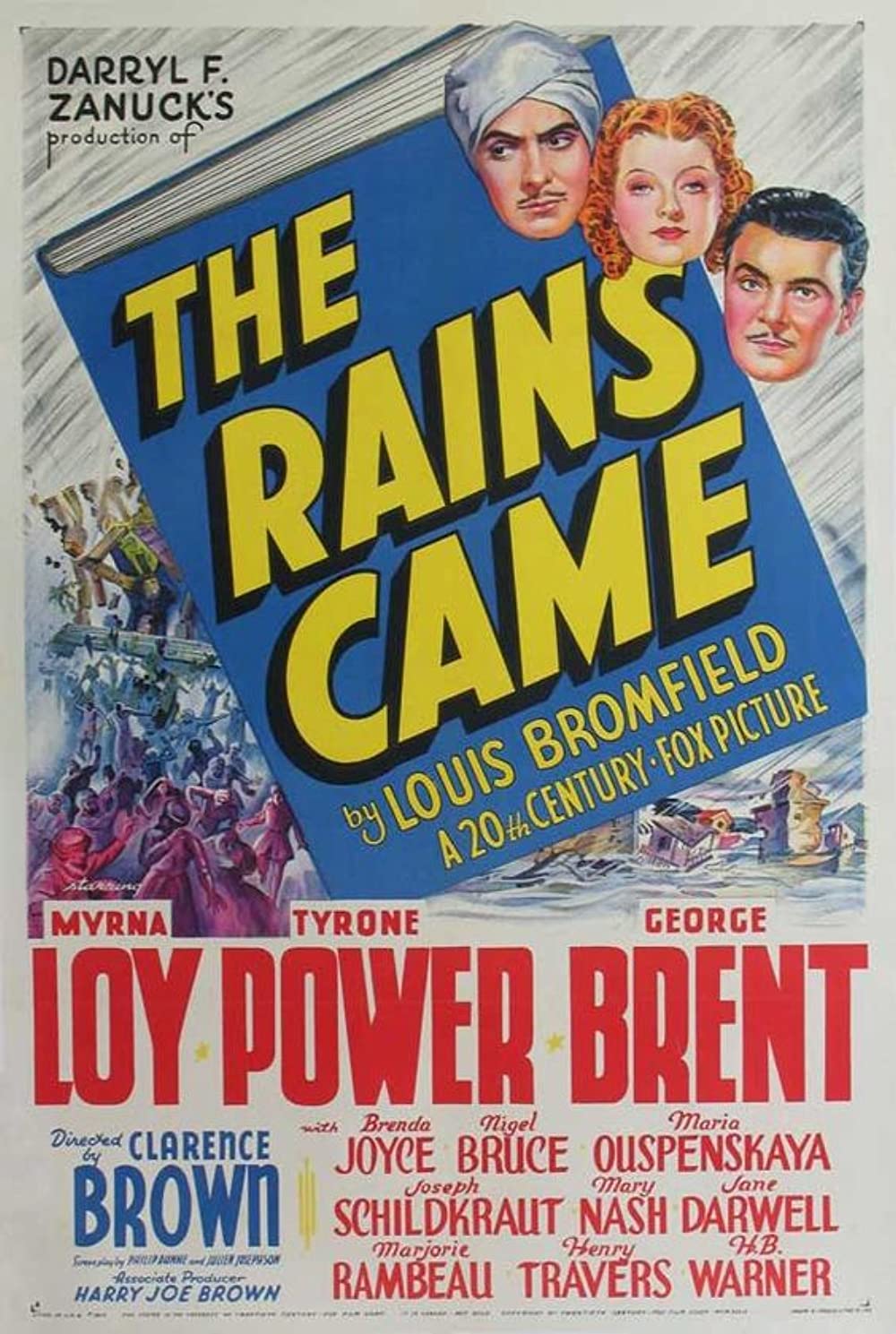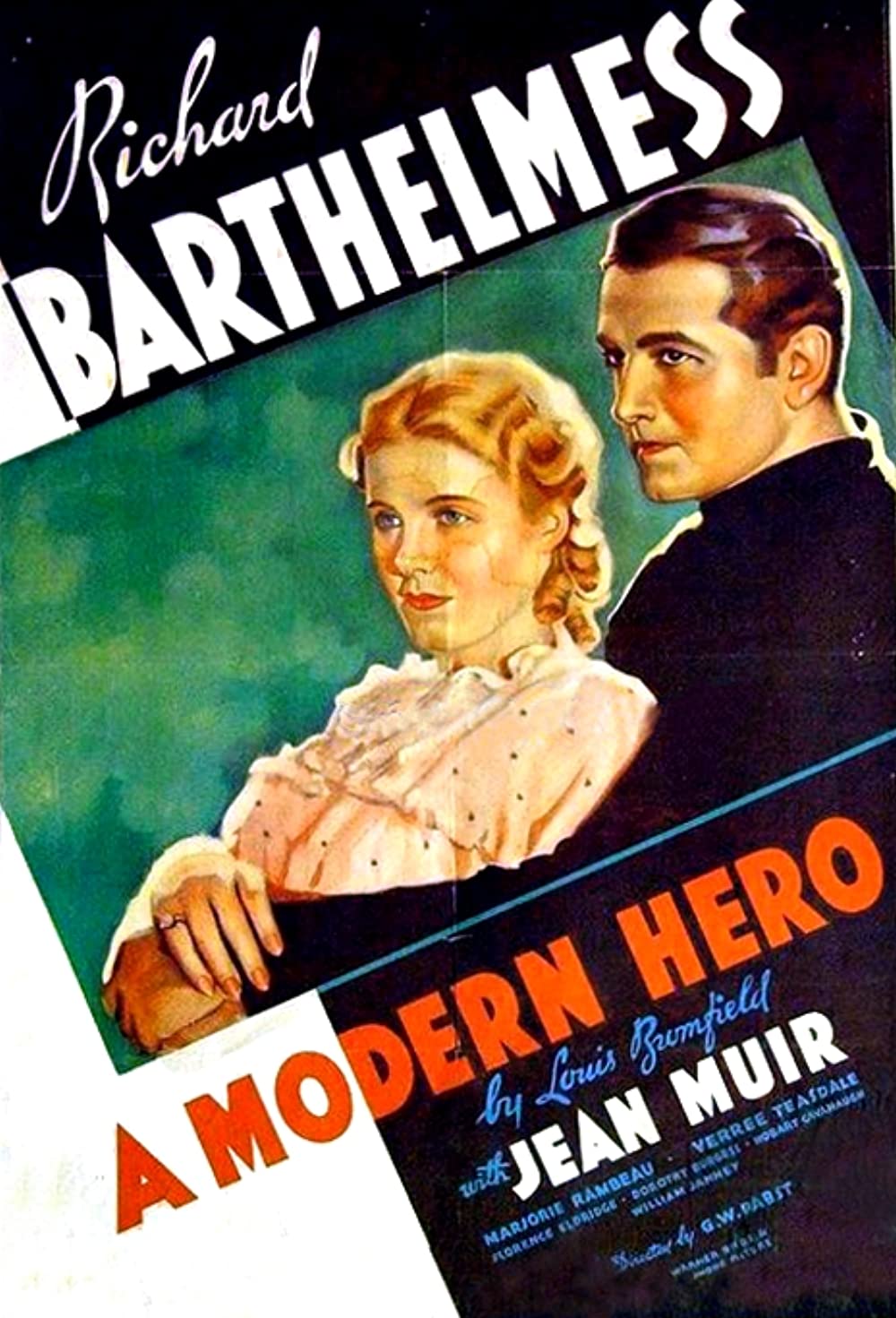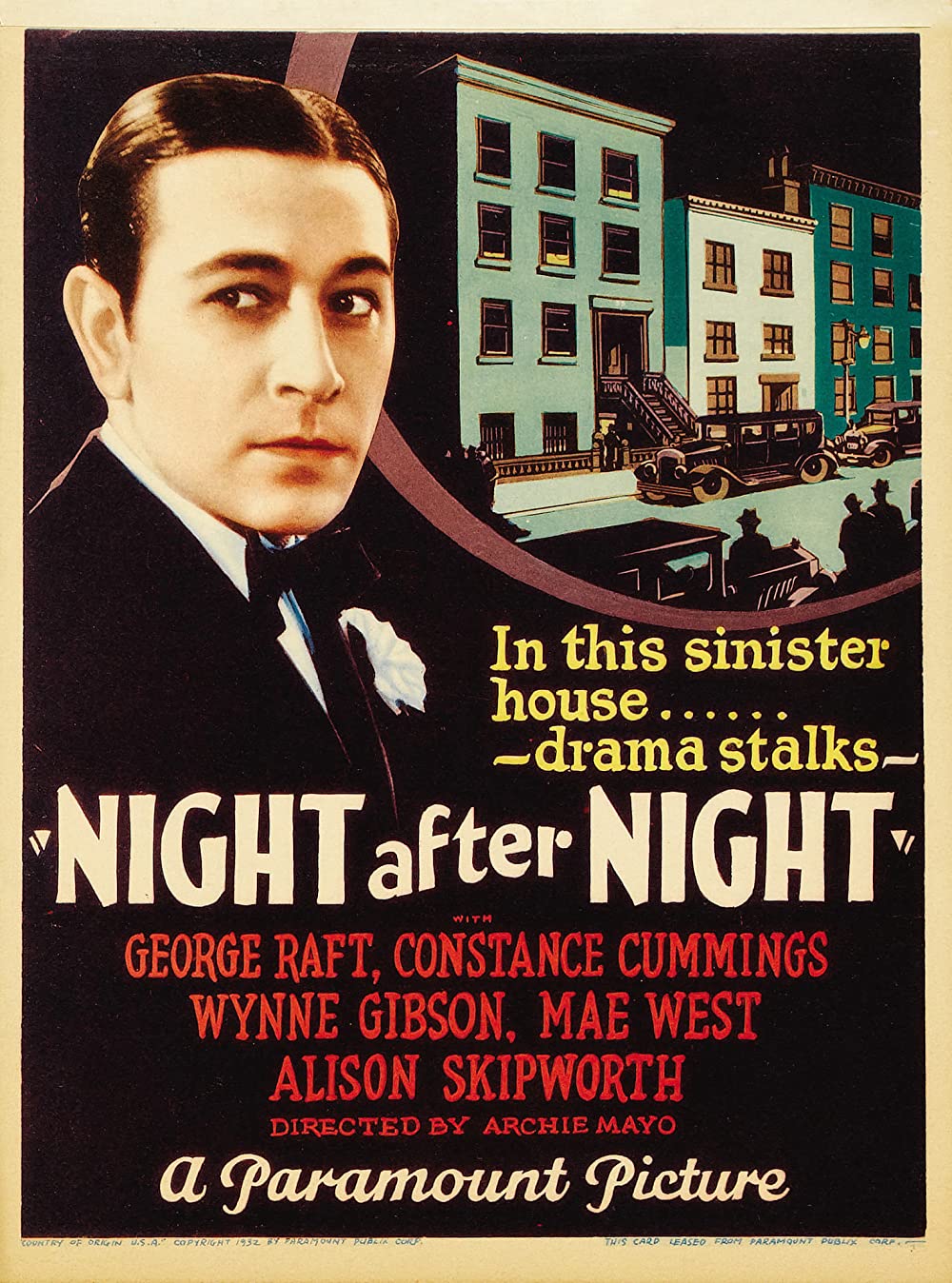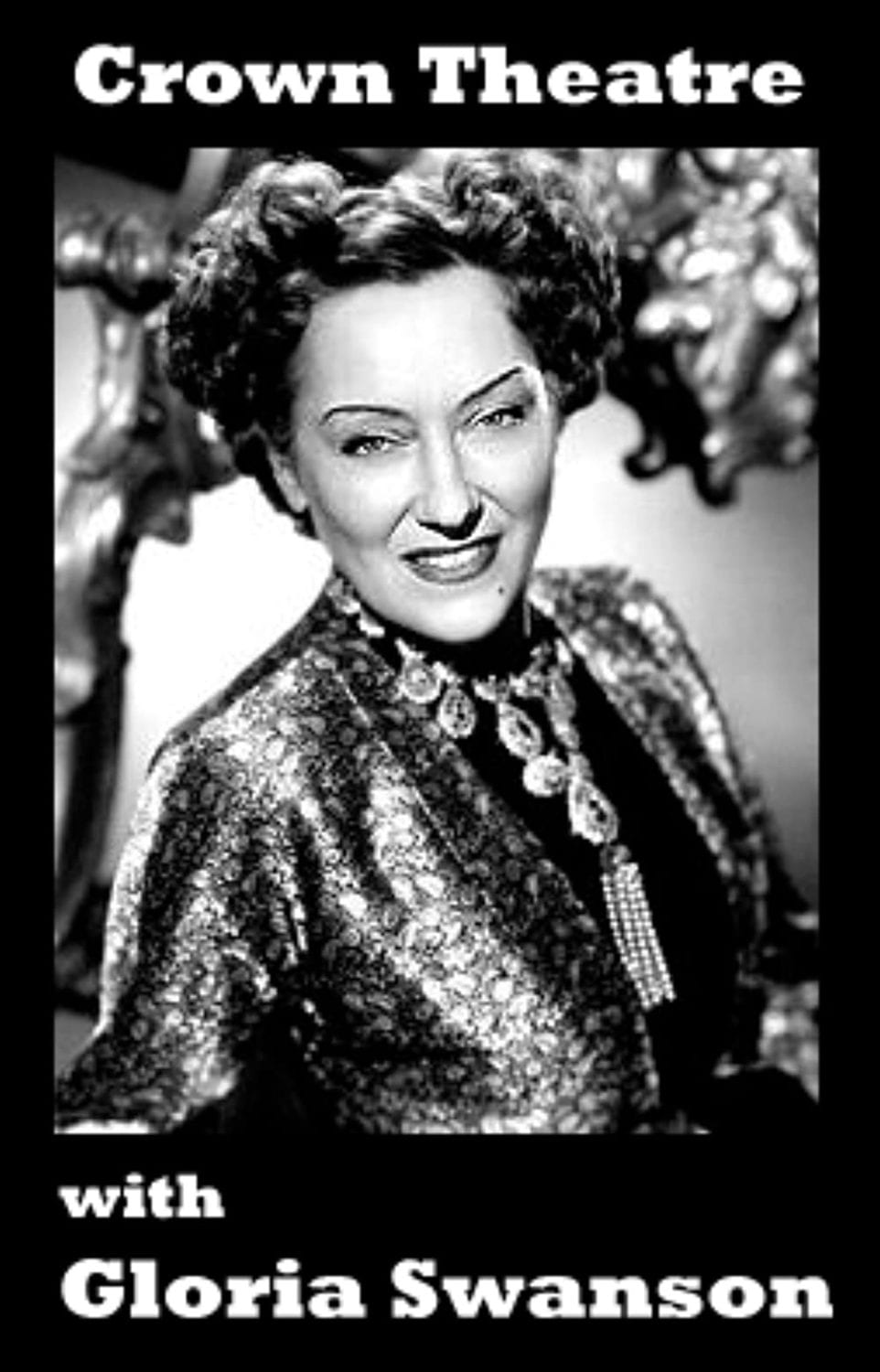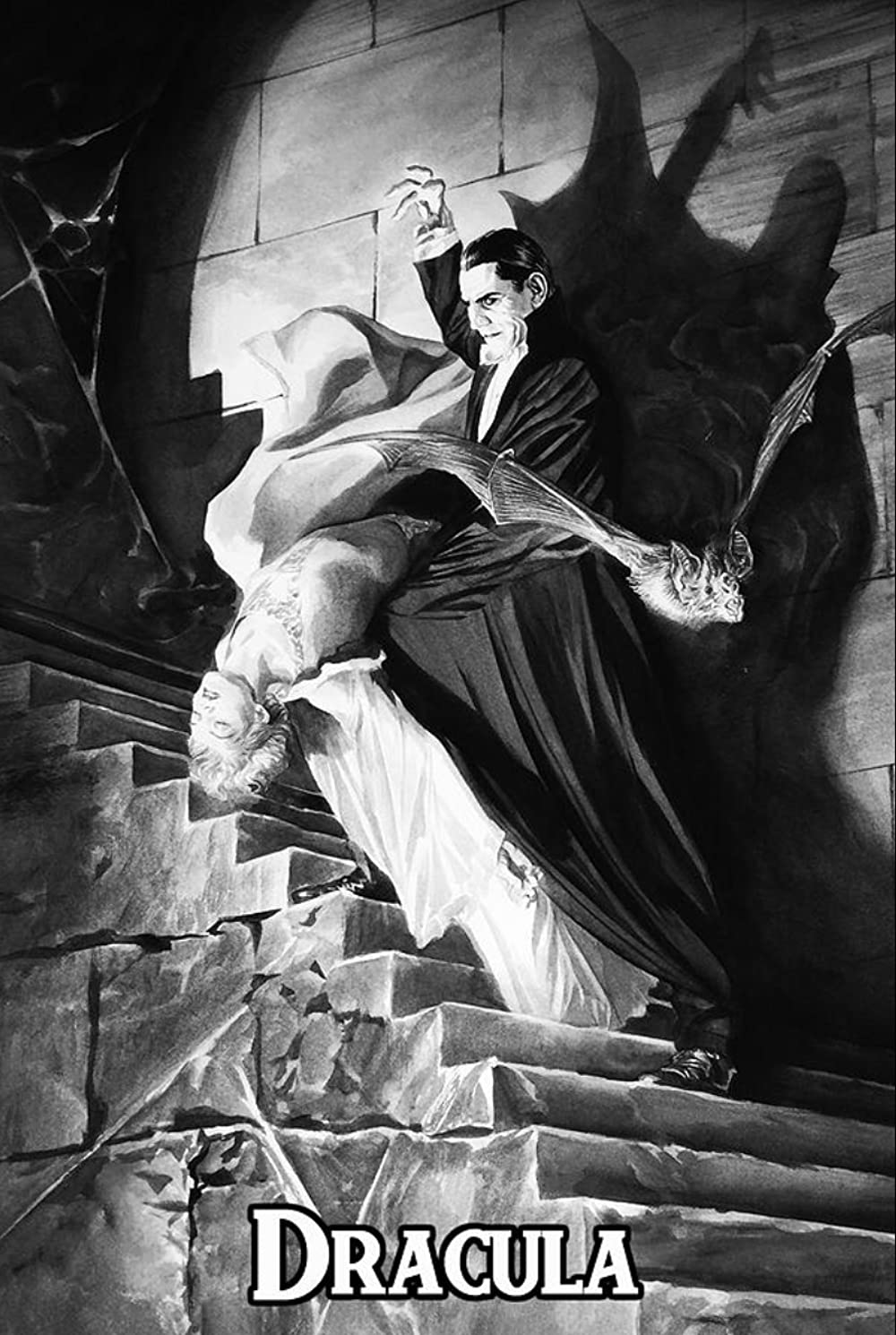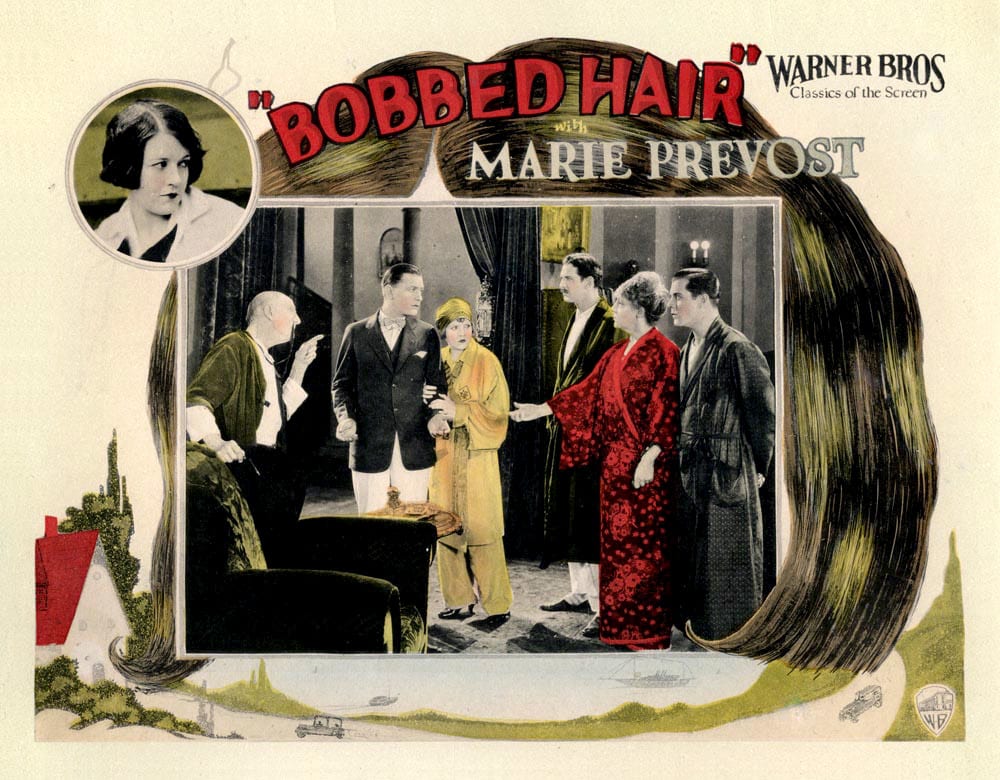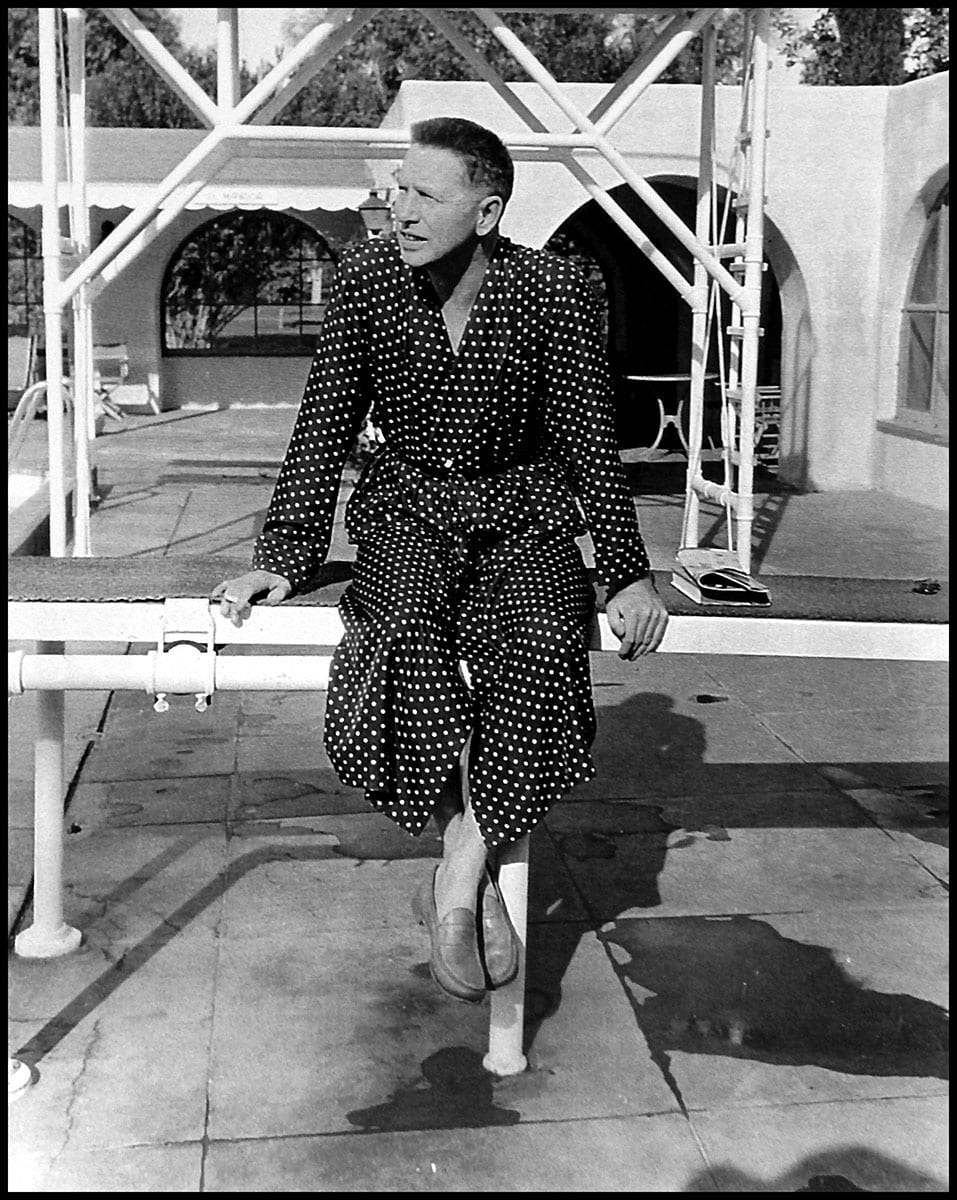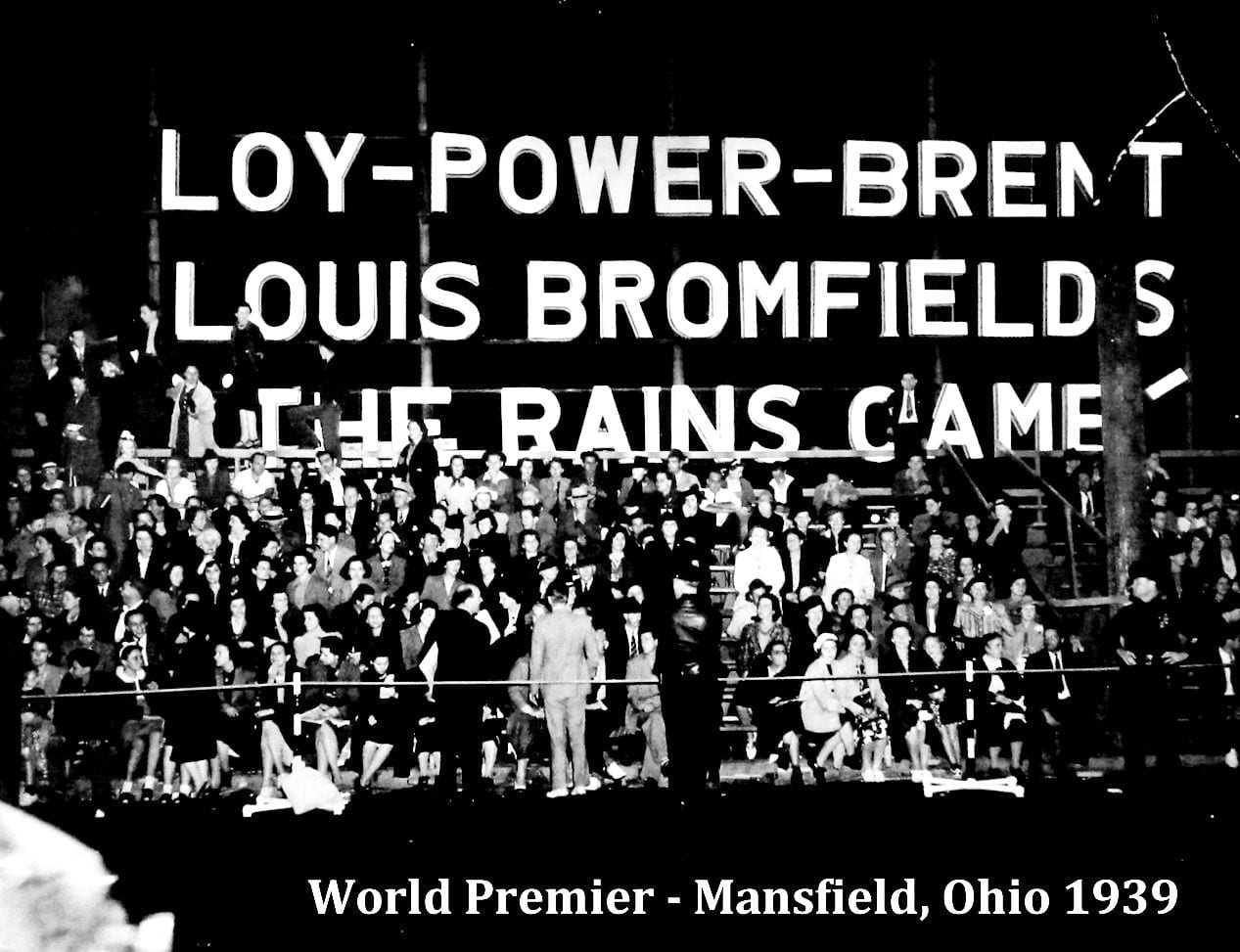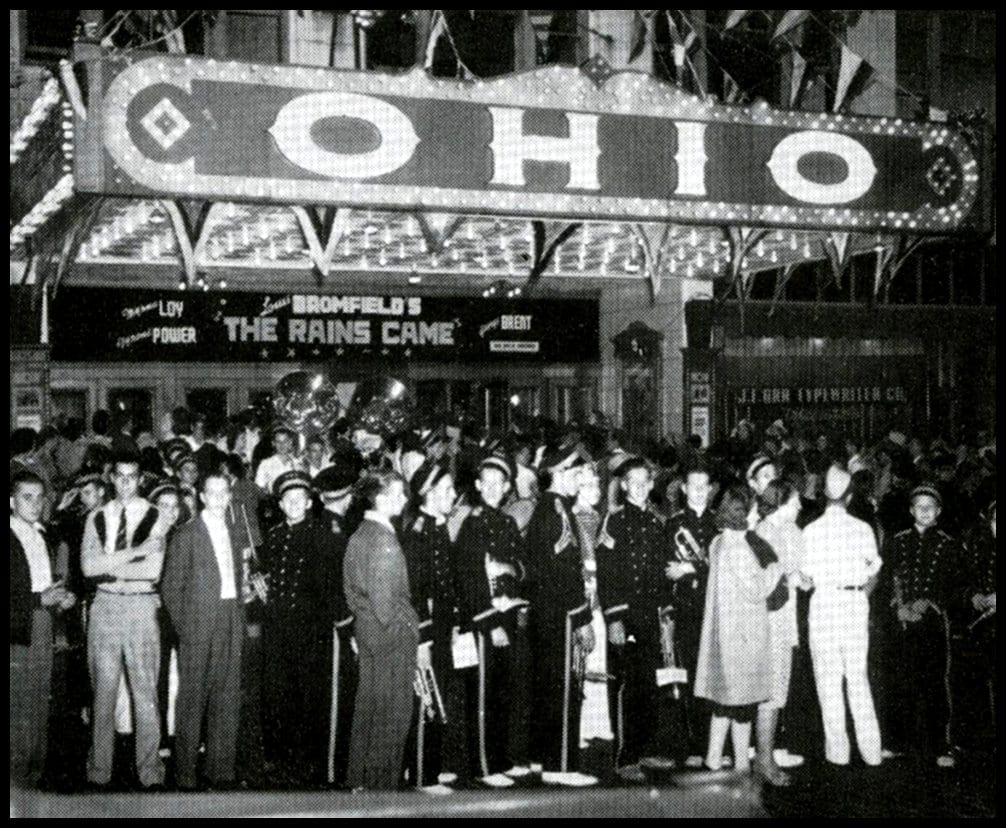Louis Bromfield was a Pulitzer Prize winning author with numerous films to his credit. Vintage and historical movie fans will love them!
- 1955 The Rains of Ranchipur (novel “The Rains Came”)
- 1955 Crown Theatre with Gloria Swanson (TV series)– Up Ferguson Way (1955) (original story)
- 1944 Mrs. Parkington (novel)
- 1943 Johnny Come Lately (novel “McLeod’s Folly”)
- 1940 Brigham Young
- 1940 It All Came True (story “Better Than Life”)
- 1939 The Rains Came (novel)
- 1934 The Life of Vergie Winters (story “A Scarlet Woman”)
- 1934 A Modern Hero (novel)
- 1932 Night After Night (story “Single Night”)
- 1931 24 Hours (novel)
- 1931 Dracula (contributing writer – uncredited)
- 1931 One Heavenly Night (story)
- 1925 Bobbed Hair (story)
Walt Disney Connection

Bromfield wrote the script for Walt Disney’s “The Vanishing Prairie” (1956), and the very successful Walt Disney cartoon “Ferdinand the Bull” (1938). Both these projects were a collaboration between Walt Disney and Louis Bromfield. They adapted the children’s book The Story of Ferdinand by Munro Leaf; Bromfield wrote the script and Disney oversaw the animation.

Walt Disney’s “Vanishing Prairie”, by Louis Bromfield. Published in 1956 and is based on Disney’s 1954 True-Life Adventure film directed by James Algar. The text follows the narrative of the movie, and every page has one or more beautiful tipped-in color plates of scenes, some sequential, from the film. Published by Simon and Schuster.This title was one of a series of books based on the Disney True-Life films designed and first published in Switzerland. An original copy of the book is part of the Bromfield collection in the archives.
In 1938 Walt Disney debuted “Ferdinand the Bull,” a short film based on the book “The Story of Ferdinand” by Munro Leaf. The short became an instant classic and was televised around the world. Ferdinand became a 2017 American computer-animated comedy-drama adventure film produced by Blue Sky Studios and distributed by 20th Century Fox. Although Leaf had written the original book, Disney hired Mansfield’s Louis Bromfield to write the screen adaptation. Ferdinand the BullFerdinand the Bull won the 1938 Oscar for Best Short Subject. Two of the original film colored cells were framed and given to Bromfield by Walt Disney and are hanging in the daughters sitting room in the Big House at Malabar Farm.
“The Rains Came” World Premiere
The world premiere of the movie “The Rains Came” took place in Mansfield, Ohio on Sept. 8, 1939. It honored the book written by Mansfield native Louis Bromfield. The movie starred famous Hollywood Actress Myrna Loy, Actors Tyrone Power and George Brent. The casting apparently was a lengthy process. Loy and Brown were loaned to 20th Century Fox from MGM (as part of a deal wherein Power was loaned by Fox to MGM for Marie Antoinette). Brent was also on loan from his home studio of Warner Bros. The only cast member who was originally chosen for the role he or she played was Ouspenskaya, who was memorable as the Maharani. It was nominated for six Academy Awards, winning in the category of Special Effects and Sound Effects, for the earthquake and flood sequences. It became the first film to win an Academy Award for Best Special Effects, edging out other nominees including The Wizard of Oz and Gone with the Wind.
Additional Articles
IMDB movie Link https://www.imdb.com/title/tt0031835/

The Academy Awards, popularly known as the Oscars, are awards for artistic and technical merit in the film industry. They are regarded as the most famous and prestigious awards in the entertainment industry around the world. Given annually by the Academy of Motion Picture Arts and Sciences (AMPAS), the awards are an international recognition of excellence in cinematic achievements, as assessed by the Academy’s voting membership. The various category winners are awarded a copy of a golden statuette as a trophy, officially called the “Academy Award of Merit”, although more commonly referred to by its nickname, the “Oscar”. The statuette depicts a knight rendered in the Art Deco style.

